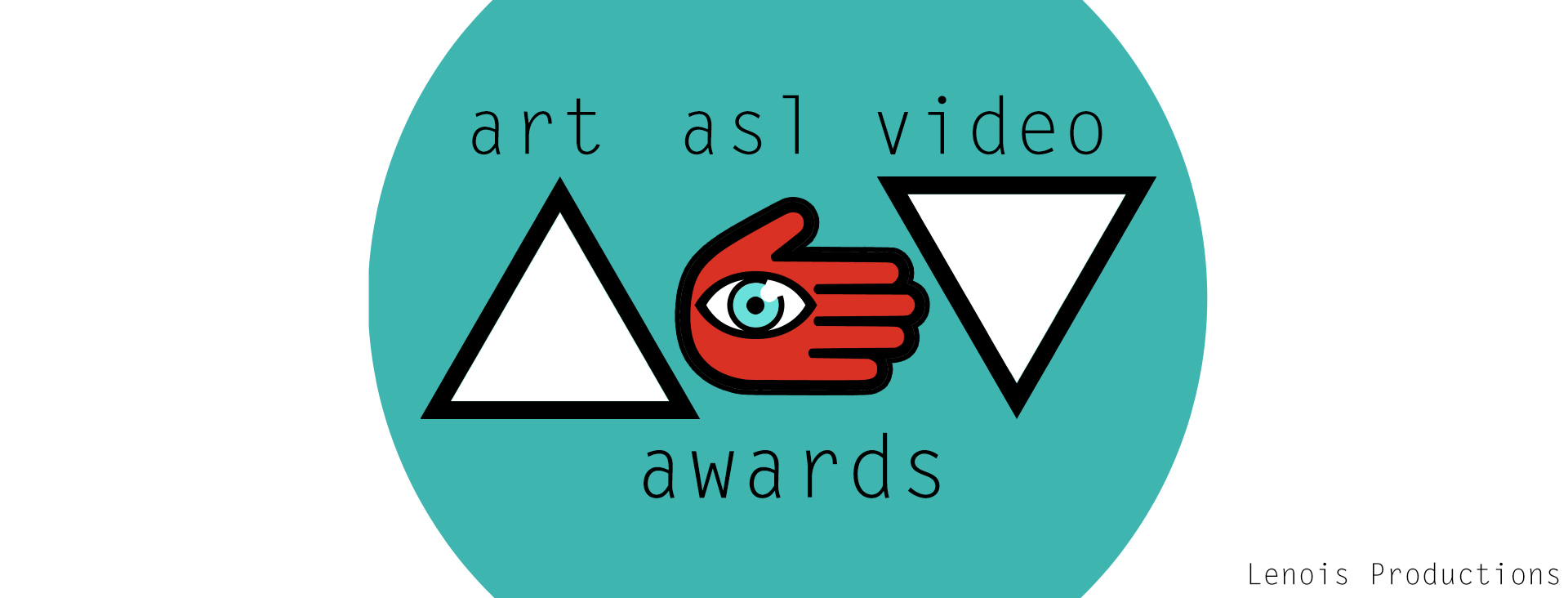WHY
Using ASL in social media has become the hottest trend ever. Many people in the Deaf community use a smartphone with a built-in camera. While technology has the potential to reduce isolation, increase independence, and provide educational, financial, and social opportunities for users, the Deaf community, namely Deaf adolescents, uses the internet as a social tool. “The internet has been a significant tool in creating a place of equity among those with unique needs and has become an “empowering agent” for adolescents who are DHH by opening more opportunities to access information and socialize (Barak & Sadovsky, 2008; Bowe, 2002; Power et al., 2006). Barak and Sadovsky (2008) reported that adolescents who are DHH spend more time on the Internet than hearing users of the same age. The authors also suggested that the Internet could be a source of improving the well-being of individuals who are DHH.” (Maiorana-Basas & Pagliaro, 2014) With more video editing apps available and accessible, more people are able to create artistically visual videos with ease and from the comforts of their couches. Hence the need for an ASL-oriented video art curriculum that supports the notion of using the internet as a way to express their ideas, dreams, knowledge or thoughts in a visually artistic and authenthically visual captive. exists. Instead of only posting a short video on one’s social media channel, one could submit their work to AAVA in hopes of winning a cash prize. This is also another way to treasure, document, preserve and celebrate ASL. The Awards screening can be viewed as a modern day’s Deaf Club event where members of the Deaf community gather, mingle, and network for future opportunities.
